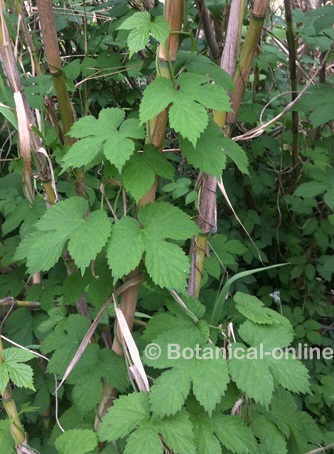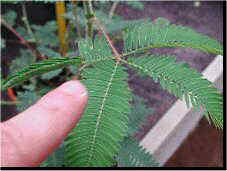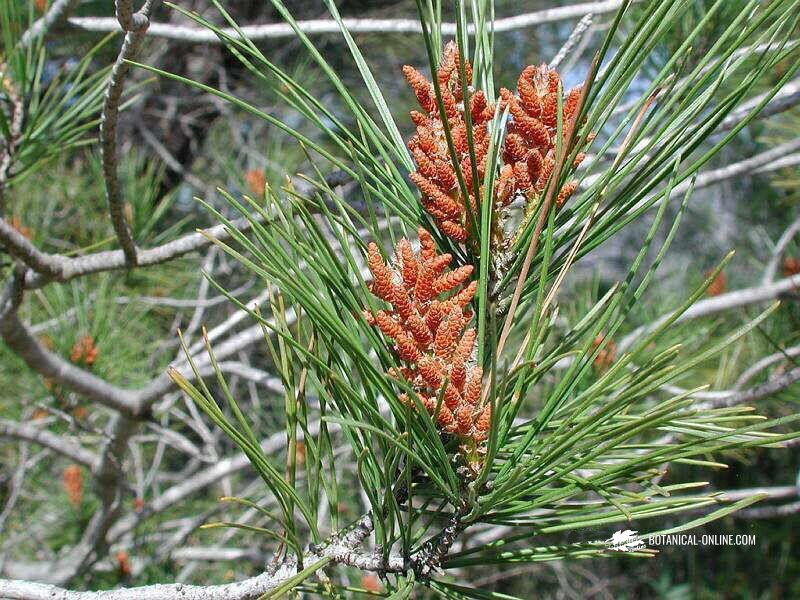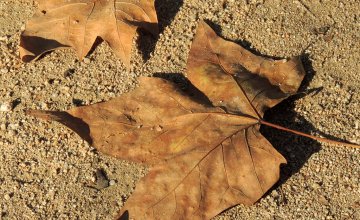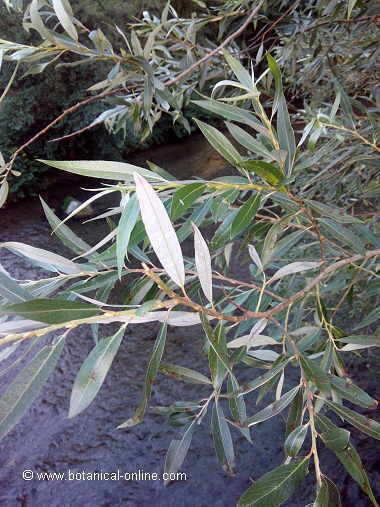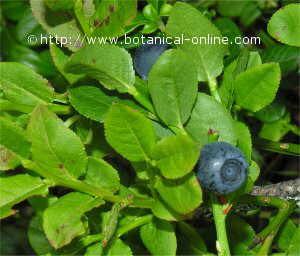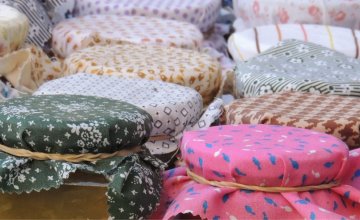Contents
What is rye and what is it used for?
Rye (Secale cereale L.) is a cereal that is used mainly to make bread from rye flour. Rye flour contains pentosans, which give a lot of viscosity to the dough.
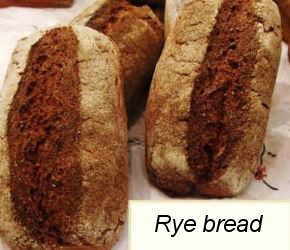
Characteristics of rye bread
Rye bread is characterized by its dark color, bitter taste and fluffy texture. This bread is highly appreciated in northern European countries, where it is traditionally consumed. It’s also consumed in Russia, where this cereal adapts well to the climate of this country.
These taste qualities, in addition to its nutritional value, have caused the popularity of rye bread to grow and its consumption to spread in more and more countries.
Rye bread properties
- It stays soft for longer. It contains more fiber and part of it is soluble, which allows water to be retained in the food for longer.
- It is more compact than wheat bread. Gluten is a protein that forms a “network” that retains the gas produced during the fermentation of bread, making it more soft. However, rye contains less gluten than wheat, so rye bread is more compact than the usual wheat bread, with more gluten and, therefore, more capacity to retain gas. In fact, rye owes its bread-making capacity to some compounds it contains, called pentosans, unlike other cereals, which owe this property to gluten. Many breads are made with a mixture of flours, thus achieving a lighter texture and a bread with greater volume. Normally this mixture is 60% wheat flour with 40% rye flour.
- Contains gluten: not suitable for celiac. Although rye contains less gluten than wheat, it is NOT a suitable bread for celiac, they cannot take it even in small quantities.
- More advisable for diabetes. Because it has a lower carbohydrate content than wheat bread and slow absorption, rye bread is recommended for people with diabetes. In addition, it also contains more minerals (magnesium, potassium, iron), which gives it beneficial properties, and fiber, providing a low glycemic index.
Nutritional composition of rye bread
Nutritional composition of rye bread per 100g | |
| Nutrient | Content |
| Energy (Kcal) | 259 |
| Carbohydrates (g) | 48,3 |
| Proteins (g) | 8,5 |
| Fats (g) | 3,3 |
| of which saturated (g) | 0,63 |
| of which monounsaturated (g) | 1,31 |
| of which polyunsaturated (g) | 1,36 |
| Fiber (g) | 5,8 |
| Calcium (mg) | 73 |
| Iron (mg) | 2,83 |
| Phosphorus (mg) | 125 |
| Zinc (mg) | 1,14 |
| Selenium (mcg) | 30,9 |
| Sodium (mg) | 660 |
| Vitamin C (mg) | 0,4 |
| Vitamin B1 o thiamin (mg) | 0,43 |
| Vitamin B2 o riboflavin (mg) | 0,34 |
| Vitamin B3 o niacin (mg) | 3,80 |
| Vitamin B5 o pantothenic acid (mg) | 0,44 |
| Vitamin B9 o folic acid (mcg) | 111 |
* Related information:
– What are the best known types of bread in the world?
![]() More information on rye
More information on rye

